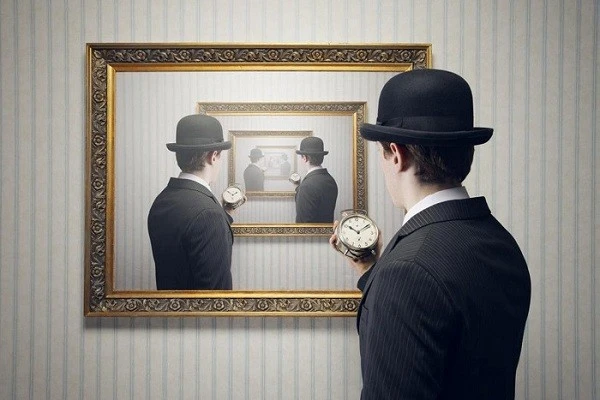Explore & Expand
The Mysterious Phenomenon of Déjà Vu
Déjà vu is a common psychological phenomenon that most people have experienced. It is the strange feeling of unfamiliar familiarity with a situation. You feel certain that you have never experienced the event but it feels so familiar that it seems like you have experienced it before. This feeling usually lasts only a few seconds before disappearing, leaving you with a perplexing sense of confusion.
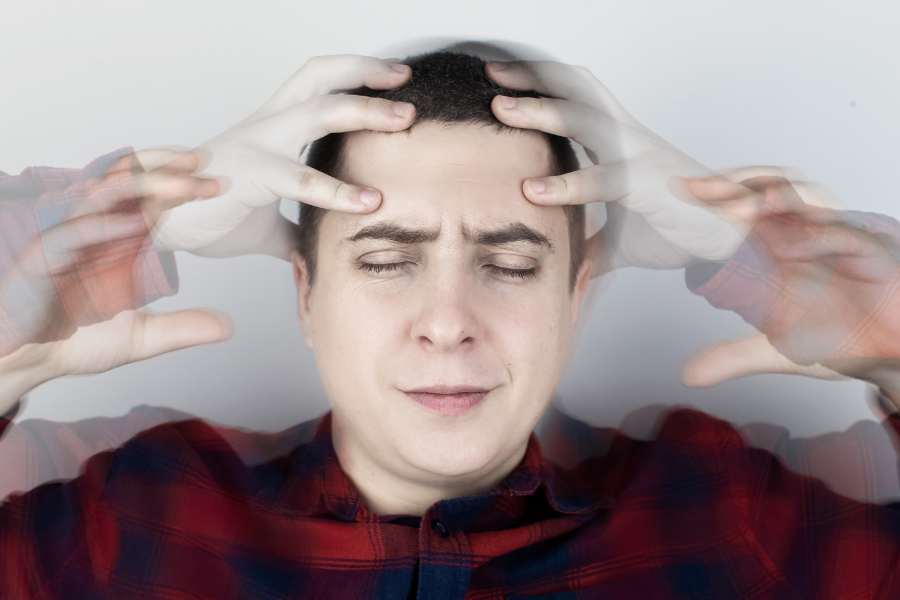
So what exactly is déjà vu? Why does it occur? The causes and mechanisms behind this strange phenomenon remain mysterious. Scientists have proposed many different hypotheses to try to explain it but have yet to reach a definitive conclusion. Nonetheless, exploring déjà vu remains a fascinating journey to understand the intricate workings of the human brain. Let’s explore this intriguing phenomenon.
The Concept of Déjà Vu
- The term “déjà vu” means “already seen” in French. It was first introduced in 1876 by French psychic researcher Emile Boirac to describe the strange psychological phenomenon he was interested in.
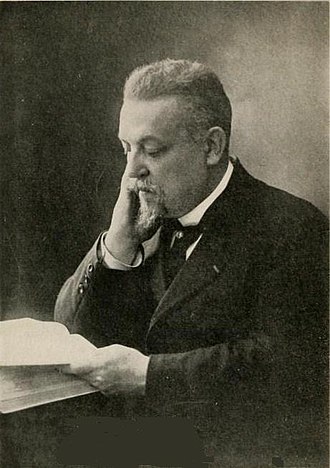
- According to Boirac’s definition, déjà vu describes the strong familiar feeling that occurs in a situation that seems completely novel. A person experiencing déjà vu will feel certain that they have been there before, done that before, or experienced that exact situation before. However, upon reflection, they realize that is impossible.
- Thus, déjà vu is the contradiction between memory and reality. We feel familiarity with something completely unfamiliar. That is why déjà vu is so baffling and perplexing.
Characteristics of Déjà Vu
- Déjà vu often occurs suddenly, without warning or predictability. It comes and goes quickly, lasting just a few seconds or minutes before disappearing.
- According to studies, déjà vu only lasts about 1-2 minutes, usually under 1 minute. The feeling is so fleeting that it is difficult to record and analyze.
- Déjà vu does not cause any physical symptoms. It is purely a sensation that cannot be observed or measured with medical devices.
- Statistics show that around 60-80% of the population has experienced déjà vu at least once in their lives. The rest may not have had the chance to experience it or do not recognize it as déjà vu.
- Déjà vu most commonly occurs between the ages of 15-25. It is rare in children under 8-9 years old and gradually decreases with age. This suggests the brain’s development is closely related to déjà vu.
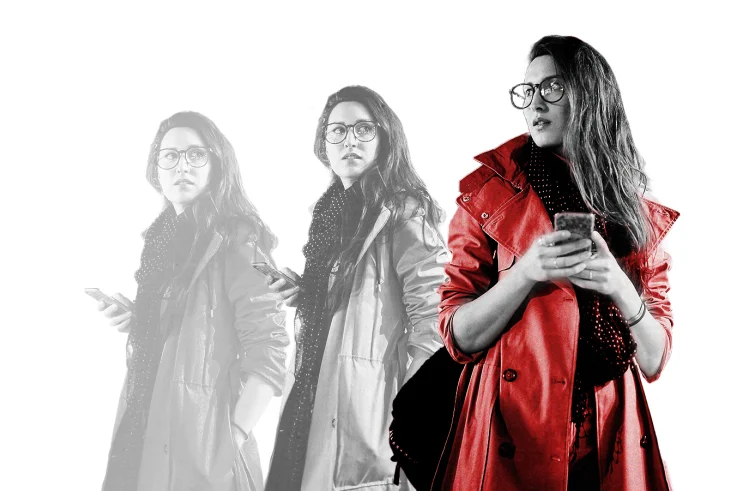
In summary, the main characteristics of déjà vu are: sudden, brief, no physiological manifestations, common in adolescents, and decreasing with age. These traits make the study of this phenomenon challenging.
Theories Explaining Déjà Vu
Modern science has proposed many hypotheses to try to explain the causes and mechanisms behind déjà vu:
Memory processing disruption:
- According to this theory, déjà vu occurs due to disrupted memory processing in the brain. Normally, when we receive a new environmental stimulus, the brain processes the information in two steps: First, it identifies whether this is a familiar stimulus. If so, the second step is to retrieve the corresponding memory of that stimulus from the past. However, in people prone to déjà vu, this process is disrupted – the brain still attaches a sense of familiarity to the new stimulus but fails to find the corresponding old memory. It is this lack of synchronization between the two information processing steps that leads to the feeling of already having experienced something completely new – déjà vu.

Memory conflict:
- This hypothesis proposes that déjà vu appears when there is a “conflict” between real memories and false memories. For example, you are persuaded that you watched a movie before when in fact you haven’t. Later when you watch that movie, your brain recognizes the conflict between the real memory and the implanted false one, causing a feeling of familiarity with the movie despite it being your first viewing.
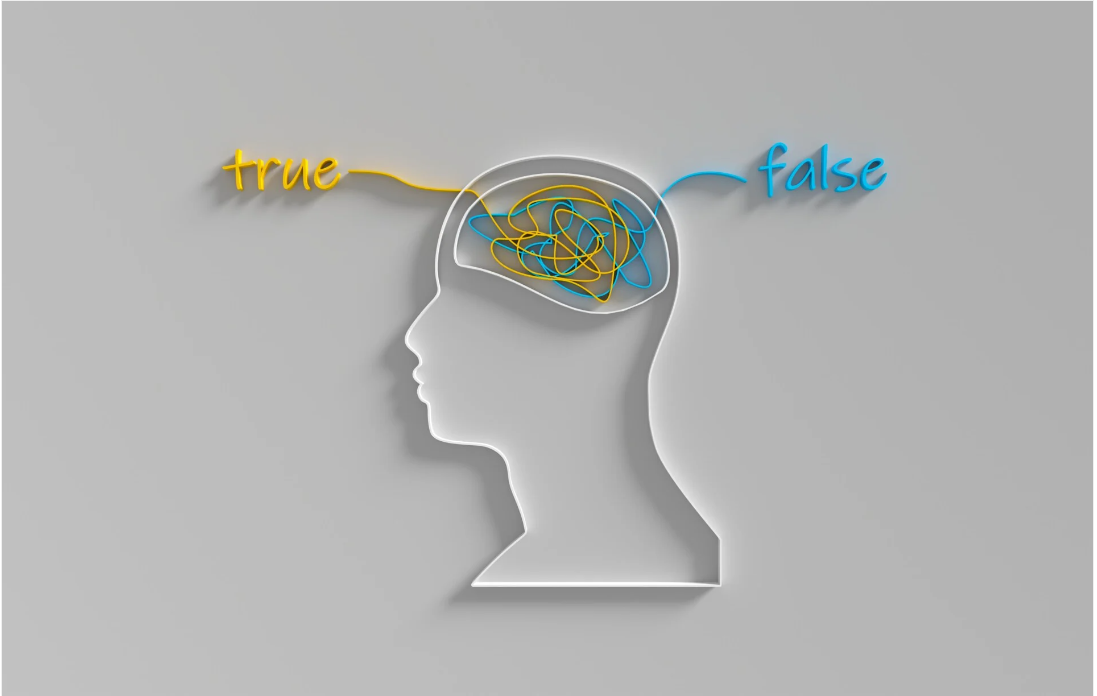
Divided attention:
- When your attention is divided (e.g. talking on the phone while driving), the brain still registers the surroundings unconsciously. When you return your full attention, you feel familiarity because the brain already recorded it unconsciously earlier.

Dual processing:
- Audiovisual information is processed in both brain hemispheres; if out of sync, the hemisphere receiving the information later will time stamp it incorrectly as an old memory.
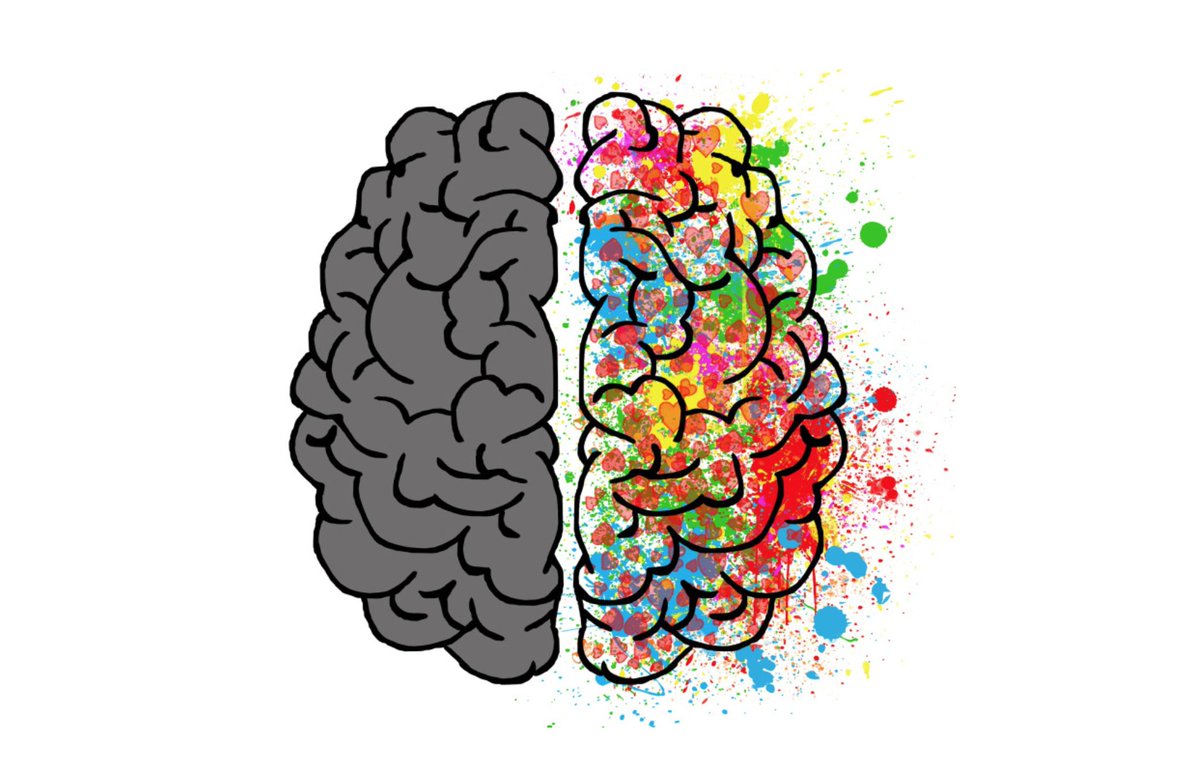
Overstimulation of neurons:
- Repeated stimulation of the same group of neurons causes decreased reactivity. Familiar stimuli then become unfamiliar, resulting in Jamais vu.

In summary, the main hypotheses posit that déjà vu relates to lack of synchronization in the brain’s information processing. However, no single hypothesis has been conclusively proven.
Connection with Neurological Disorders
Although moderate déjà vu is normal, if it occurs frequently it may indicate neurological issues:
- Frequent déjà vu can be a symptom of temporal lobe epilepsy. While the small seizures pose no life threat, they disrupt the electrical activity in the brain, leading to déjà vu.
- Epilepsy patients may also experience the opposite of déjà vu called jamais vu, when something familiar becomes unfamiliar.

- People with brain injuries or conditions like brain tumors can suffer from déjà vecu – the strong feeling they have already lived the present situation before. This is an intense, prolonged form of déjà vu.
Therefore, frequent déjà vu episodes can be a warning sign of neurological problems. However, occasional déjà vu is not concerning.
Psychological Explanations of Déjà Vu
- According to Sigmund Freud, the father of psychoanalysis, déjà vu relates to suppressed traumatic memories or desires relegated to the unconscious. When encountering similar stimuli, the brain excavates these memories, creating an erroneous sense of familiarity.
- Some psychologists believe déjà vu occurs when the present situation resembles forgotten memories. The resemblance triggers the remnants of those memories, causing the familiarity feeling.

The psychological explanations mainly relate to the role of memory and the unconscious in creating the déjà vu sensation.
Déjà Vu in Popular Culture
The phenomenon of déjà vu also appears frequently in literature, film and television as a fictional device:
- In Marcel Proust’s novel In Search of Lost Time, the protagonist is transported back to childhood memories by the taste of madeleine cookies – a classic example of déjà vu.
- The film Groundhog Day features Bill Murray’s character trapped in a time loop, reliving the same day over and over. This creates a constant sense of déjà vu.
- In The Matrix, Keanu Reeves’ character Neo recognizes déjà vu when the Matrix changes something. This signals a glitch in the system.
The prevalence of déjà vu in art and culture reflects humanity’s fascination with this mysterious phenomenon. It is often used to explore themes of fate, destiny, or add a sense of mystery to the narrative.
Conclusion
In summary, déjà vu is a fascinating psychological phenomenon that intrigues many people. Scientists have proposed numerous hypotheses from biology to psychology to explain it, but there is no consensus. Nonetheless, exploring déjà vu will help us better understand memory, cognition, and the complex workings of the human brain. Hopefully in the future, science will unravel the mystery behind this phenomenon.


